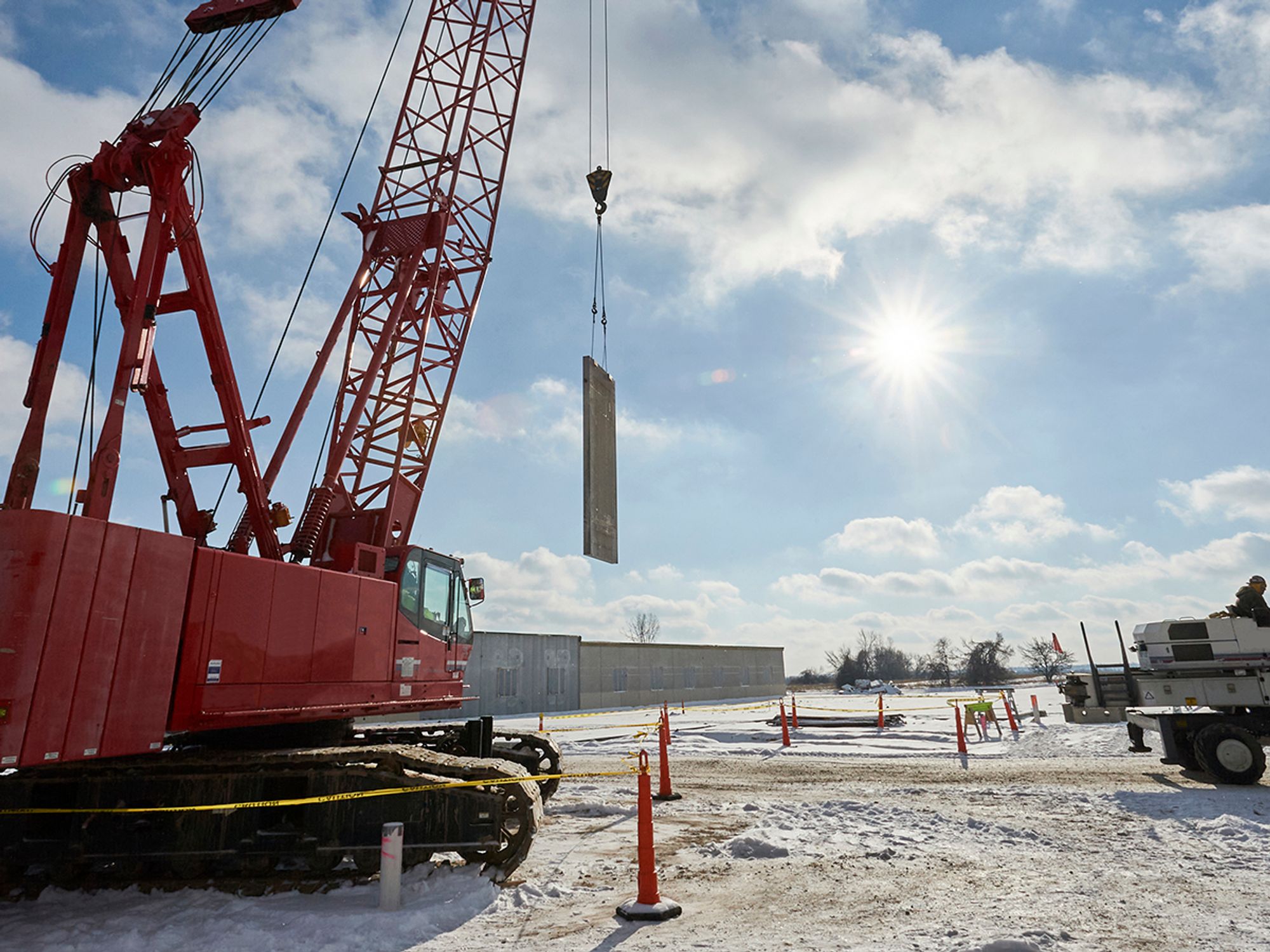InstituteSpecialized IndustriesSafety & HealthConstruction SafetyGeneral Industry SafetyAgriculture SafetyMaritime SafetySpecialized IndustriesFocus AreaEnglishMine SafetyAnalysisIn Depth Sub Topics (Level 4)USA
Before contract work
['Specialized Industries']

Before contract work begins, the employer must:
- Review preparation of worksite before contractor begins initial work;
- Ensure that the designated representative has a copy of the contract, is thoroughly familiar with its contents, and with the safety and health aspects of the work, or knows who to call to obtain this information. The designated representative is responsible for ensuring that all company responsibilities are carried out;
- Provide a copy of your facility’s written safety policies and procedures to the contractor;
- Designate a representative to coordinate and communicate all safety and health issues and communicate with the contractor;
- Conduct an inspection of the proposed worksite area before the pre-start up meeting so that any known information about on-site hazards, particularly non-obvious hazards, are documented and thoroughly communicated to the contractor;
- Work directly with the contractor’s designated representative, with whom all contacts should be made;
- Conduct a pre-start up meeting (walk through) with the contractor’s designated representative and a supervisor from each of the areas of the plant involved in the contractor’s work;
- Review all contract requirements related to safety and health with the contractor’s designated representative, including, but not limited to, rules and procedures, personal protective equipment (PPE), and special work permits or specialized work procedures;
- Advise the contractor that the facility safety and health policies must be followed. A copy of the facility’s safety plans must be furnished to the contractor;
- Inform contractor’s designated representative of the required response to employee alarms, and furnish the contractor with a demonstration or explanation of the alarms;
- Communicate thoroughly with the contractor’s designated representative any safety and health hazards (particularly non-obvious hazards and hazard communication issues). It is the contractor’s responsibility to convey this information to its employees;
- Identify connect-points for all services, such as steam, gas, water, electricity, etc. Define any limitations of use of such services; and
- Ensure that all affected employees at your company receive training on all hazards to which a contractor will introduce them.
